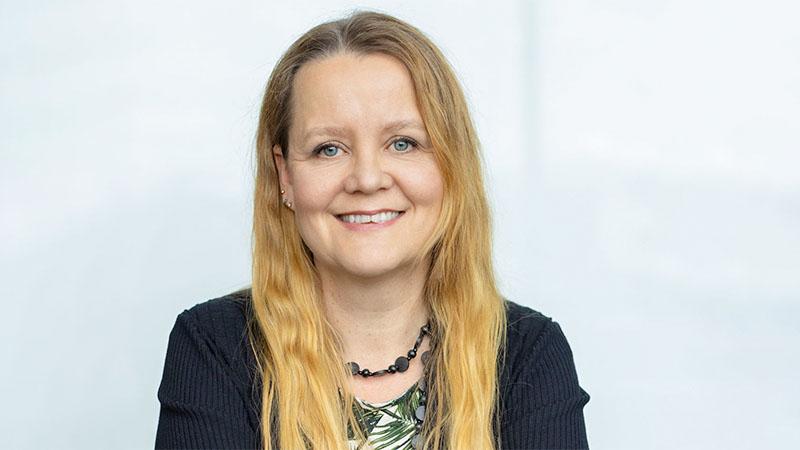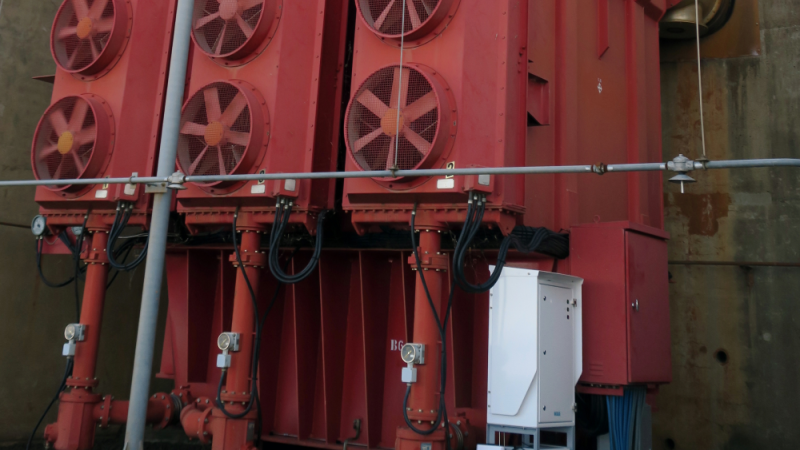Extra Q&A episode: moisture in transformers (ep. 4)
By popular request, we added an extra episode dedicated to further Q&A to our original three-part webinar series on moisture in transformers.
Our series was planned to be three episodes long, but it proved to be so popular that we simply couldn't answer all the questions we would have wanted to. So, we have added an extra, fourth episode.
Entirely devoted to answering topical questions we have received throughout the series, this is a must-watch for all in the transformer industry.
We look forward to hearing your further questions following the webinar!
|
While you’re at it, please sign up below to view the three first episodes:
|
You can modify your preference settings or unsubscribe at any time here

Moisture in transformers Q&A eBook
The definitive eBook on the subject, this companion to our renowned webinar series is full of the latest practical and scientific advice on measuring moisture in power transformers.

Meet the expert: Senja Leivo
Senja is the Senior Industry Expert at Vaisala, specializing in the condition monitoring of power transformers. With 25 years of international industrial experience, she plays a crucial role in integrating customer feedback into R&D. She’s been a key contributor to the development of Vaisala’s multi-gas DGA monitor.
An experienced speaker at industry conferences, Senja actively engages in international research collaborations, e.g. CIGRE and IEC working groups, and other initiatives focused on transformer condition assessment. Senja is also the Convenor of the new CIGRE JWG A2/D1.74 – Online moisture monitoring of transformers for ageing assessment.

Discover Optimus™ DGA Monitor OPT100
Ensure your power transformer stays operational longer. OPT100 brings unmatched long-term stability, reliability and measurement performance for detecting the formation of fault gases.
